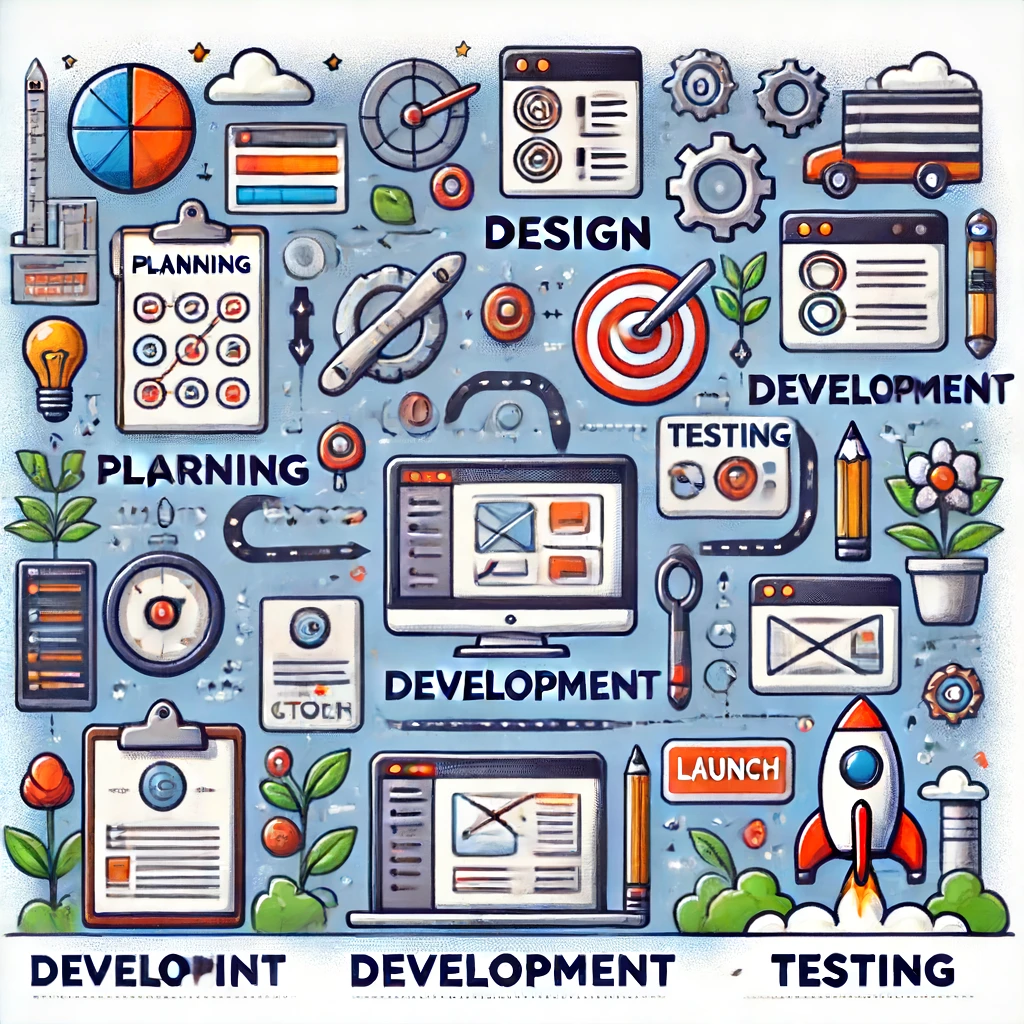TE Redesign Steps: A Comprehensive Guide to Transforming Your Web Presence

In today’s rapidly evolving digital landscape, staying current is not just an option—it’s a necessity. If your website is feeling outdated or no longer aligns with your business goals, it might be time to consider a TE redesign. But what exactly are the TE redesign steps that you should follow to ensure a smooth and successful transformation? In this guide, we’ll walk you through each critical phase, from initial planning to the final launch, and everything in between.
Why Consider a TE Redesign?
Before diving into the TE redesign steps, it’s important to understand why a redesign might be necessary. Websites often outgrow their original design due to changes in technology, user expectations, or business objectives. A redesign can help you address these changes and improve your site’s performance, user experience, and overall aesthetic.
Planning Your TE Redesign Steps
The first step in any redesign project is planning. This is where you lay the groundwork for a successful TE redesign.
Define Your Goals
What do you hope to achieve with your redesign? Are you looking to improve user experience, increase conversion rates, or simply modernize the look and feel of your site? Clear goals will guide every decision you make during the redesign process.
Conduct a Website Audit
Perform a thorough audit of your current website. Identify what works well and what doesn’t. Analyze your site’s analytics to understand user behavior and pinpoint areas for improvement. This data-driven approach will ensure that your redesign addresses the right issues.
Understand Your Audience
Your website should cater to your audience’s needs. Conduct surveys or use customer feedback to gain insights into what your visitors are looking for. Understanding your audience’s preferences and pain points will help you create a more user-centric design.
Design and Development
With a solid plan in place, it’s time to move on to the design and development phase of your TE redesign. This is where your vision starts to take shape.
Create Wireframes and Mockups
Wireframes and mockups are visual representations of your new site layout. They help you visualize the structure and design elements of your site before any code is written. Focus on user-friendly navigation, responsive design, and a clean layout that aligns with your brand identity.
Choose the Right Technology
Selecting the right technology stack is crucial for the success of your redesign. Consider factors like scalability, performance, and security. Whether you opt for a content management system (CMS) like WordPress or a custom-built solution, ensure it supports your current and future needs.
Develop a Content Strategy
Content is king, and a redesign is a perfect opportunity to revamp your content strategy. Refresh outdated content, optimize for SEO, and ensure your messaging is clear and consistent across all pages. Plan for new content that supports your business goals and engages your audience.
Testing and Launching
Once the design and development are complete, it’s time to test and launch your new site. This phase is crucial to ensuring a smooth transition and minimizing any disruptions.
Test, Test, Test
Thorough testing is essential before launching your redesigned site. Conduct usability tests, browser compatibility checks, and performance tests to catch any issues. This step helps ensure that your site works seamlessly across different devices and browsers.
Plan Your Launch
A well-planned launch can make all the difference. Prepare a launch checklist that includes tasks like setting up 301 redirects, notifying your audience, and monitoring the site post-launch. Having a detailed plan helps mitigate any risks and ensures a successful launch.
Post-Launch Review
After the launch, conduct a post-launch review to evaluate the performance of your new site. Analyze metrics like traffic, user engagement, and conversion rates to see how well your redesign meets your goals. Gather feedback from users and make any necessary adjustments to optimize the site further.
TE Redesign Steps
To maximize the impact of your redesign, SEO should be a core component of your strategy. Here are some key SEO considerations to keep in mind:
Optimize Your Content
Ensure all content is optimized for relevant keywords, including your new TE redesign steps. Use bold and italic formatting to highlight important terms and make your content more engaging.
Update Meta Tags
Refresh your meta tags to reflect your new design and content. Include keywords related to your TE redesign steps to improve your search engine ranking. This simple update can significantly enhance your site’s visibility.
Improve Site Speed
A redesigned site is an opportunity to improve load times. Faster sites not only provide a better user experience but also rank higher in search results. Use tools like Google PageSpeed Insights to identify and fix performance issues.
Conclusion
Redesigning your website can be a daunting task, but by following these TE redesign steps, you can transform your site into a powerful tool for achieving your business goals. Remember, the key to a successful redesign is thorough planning, thoughtful design, and meticulous testing. By focusing on these areas, you can create a website that not only looks great but also performs exceptionally well.

